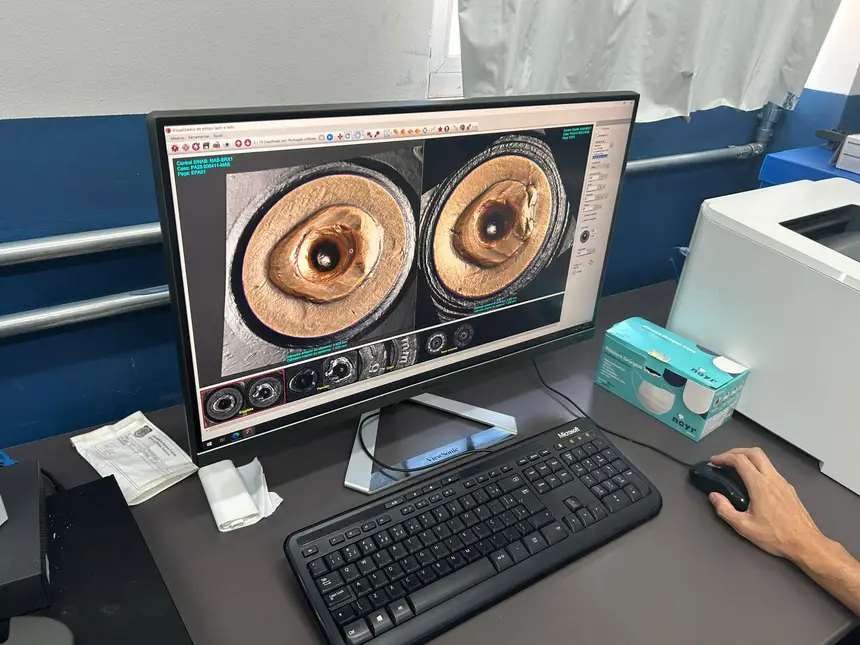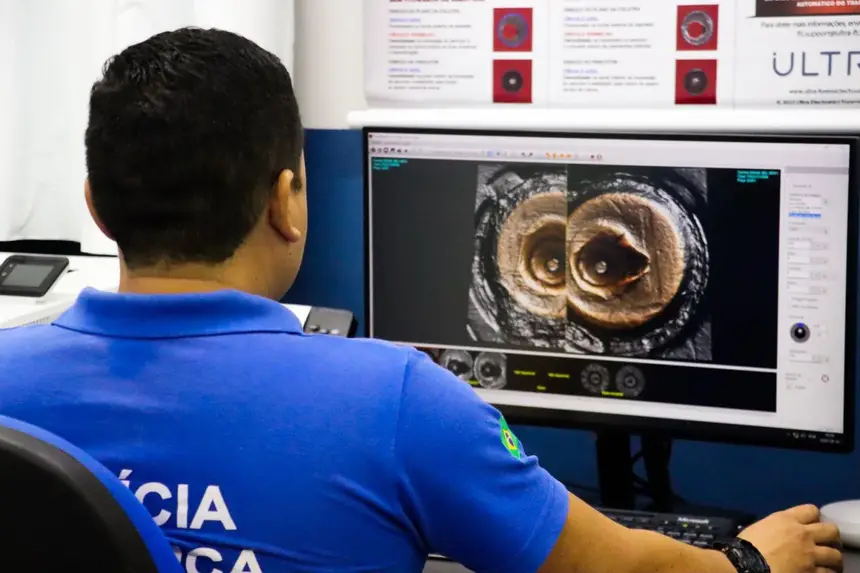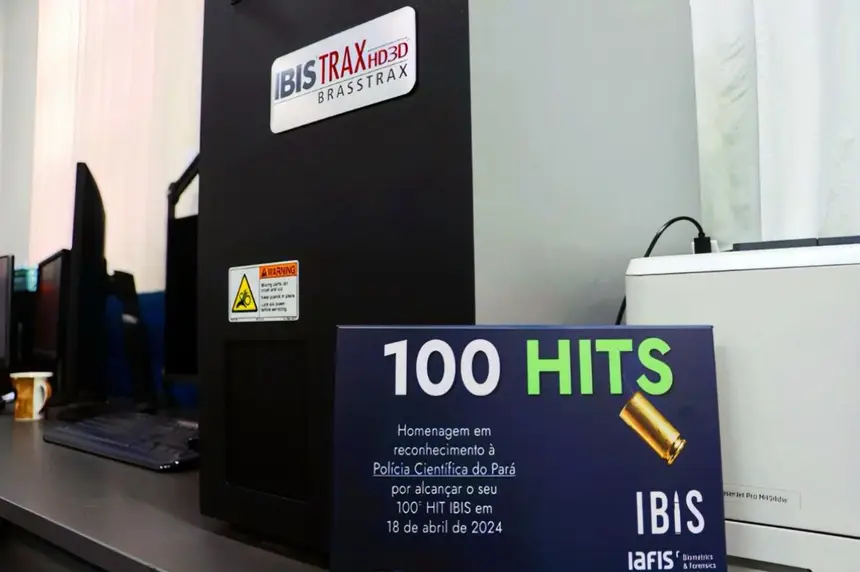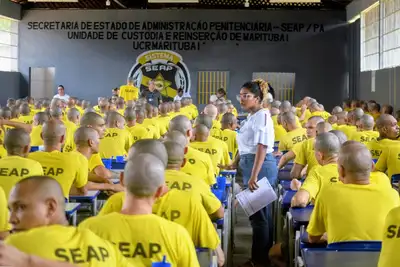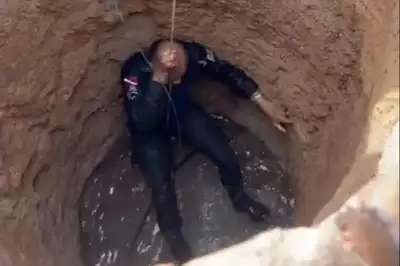Forensic Police of Pará combats crime with cutting-edge technology in Marabá
Since its implementation in the municipality, the local database has already accumulated more than 1,000 registered cases and 50 confirmed links (HITs) — connections between firearms and ballistic elements found at different crime scenes
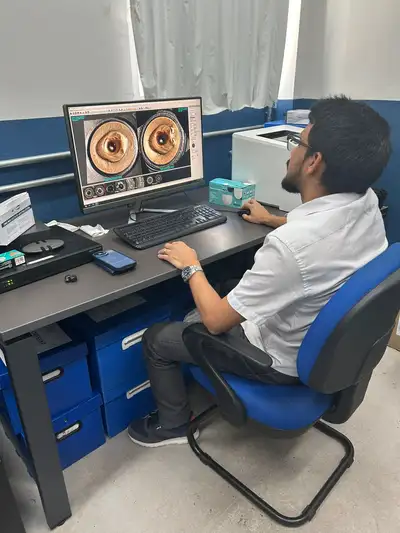
The Regional Coordination of Marabá, of the Forensic Police of Pará (PCEPA), has had the modern Integrated Ballistic Identification System (Ibis, in English) since July 2023. Acquired from the National Secretariat of Public Security (Senasp), the device is integrated with the National Ballistic Analysis System (Sinab) and allows for the automated analysis of projectiles and cartridge cases, contributing to the elucidation of crimes involving firearms.
Since its implementation in the municipality, the local database has already accumulated more than 1,000 registered cases and 50 confirmed links (HITs) — connections between firearms and ballistic elements found at different crime scenes. Among the highlights is one of the first interstate HITs, recorded in October 2023, connecting evidence between the States of Pará (PA) and Mato Grosso (MT).
“This historic milestone was achieved exclusively through the integration between the Sinab centers, demonstrating the autonomy and efficiency of the system,” said forensic expert Luiz Fernando Lobato, coordinator of Ibis in Marabá.
Pará was the first State in the Northern Region where Sinab was implemented, along with 5 other States. The device is the second acquired for the State, with the first installed at the agency's headquarters in Belém in 2022. Currently, Pará has 146 HITS and 2,524 case entries, with Belém in 13th place and Marabá in 19th place in the ranking of Brazilian cities that have the device.
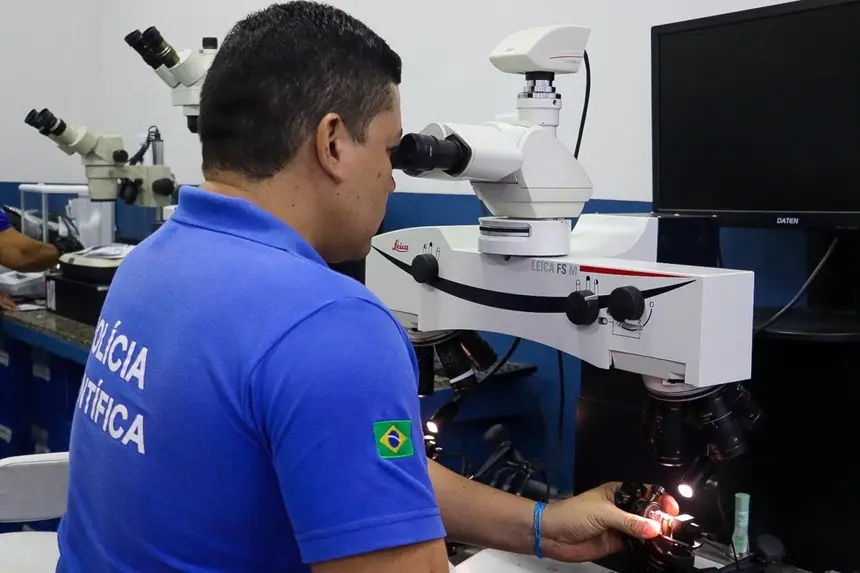
The process of elucidating a crime begins with the collection of projectiles and discharged cartridge cases at the scene of the incident. From there, the material undergoes analysis and is then sent to the National Ballistic Profile Database, a platform that allows for comparison with samples from other locations in Brazil.
Forensic expert Tarcísio Carvalho, from the Forensic Ballistics Nucleus and Local Administrator of Sinab in Belém, explains that the equipment does not dispense with the participation of the forensic expert. “It is a device that requires prior analysis of the material collected at the crime scene or necropsy and specialized examinations under comparison microscopes. We need to work hard on the selection of the pieces and their analysis. After the work, we prepare reports indicating the connection between the cases and send them to the requesting authority,” he explained.
The general director of PCEPA and forensic expert, Celso Mascarenhas, states that the device is an investment that transforms the way the Forensic Police operates. “The operation of the Forensic Police ceases to be merely reactive, that is, dependent on requests from the competent authorities, becoming much more active, serving as a tool for forensic intelligence,” said the director.
Text: Amanda Monteiro/Ascom PCEPA


